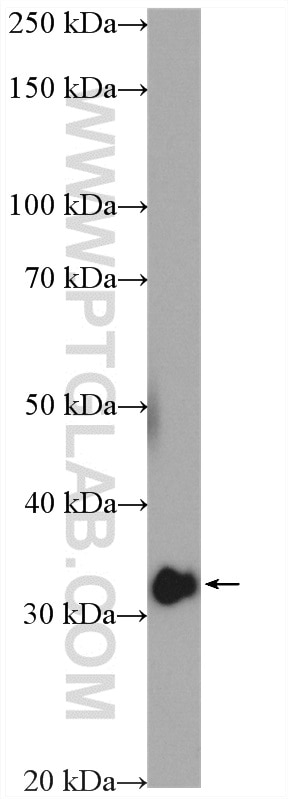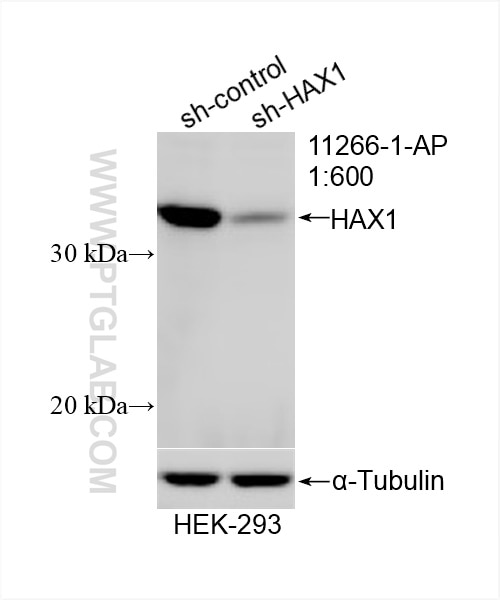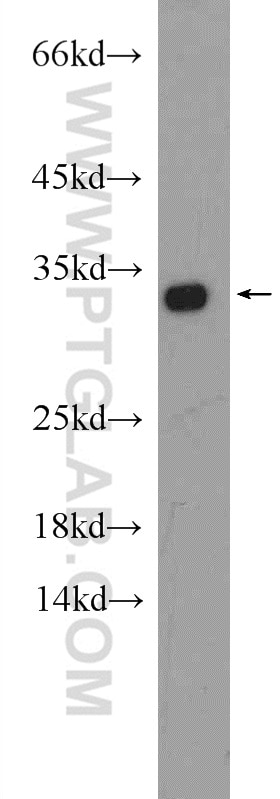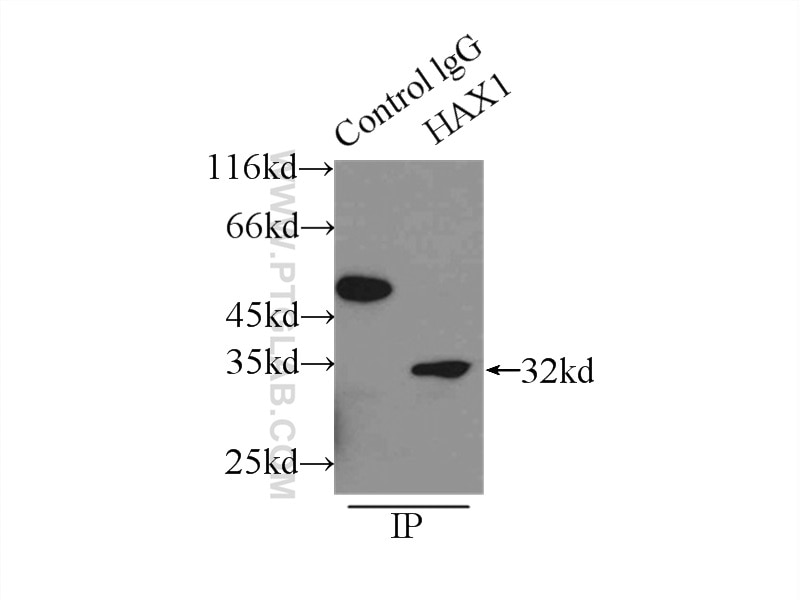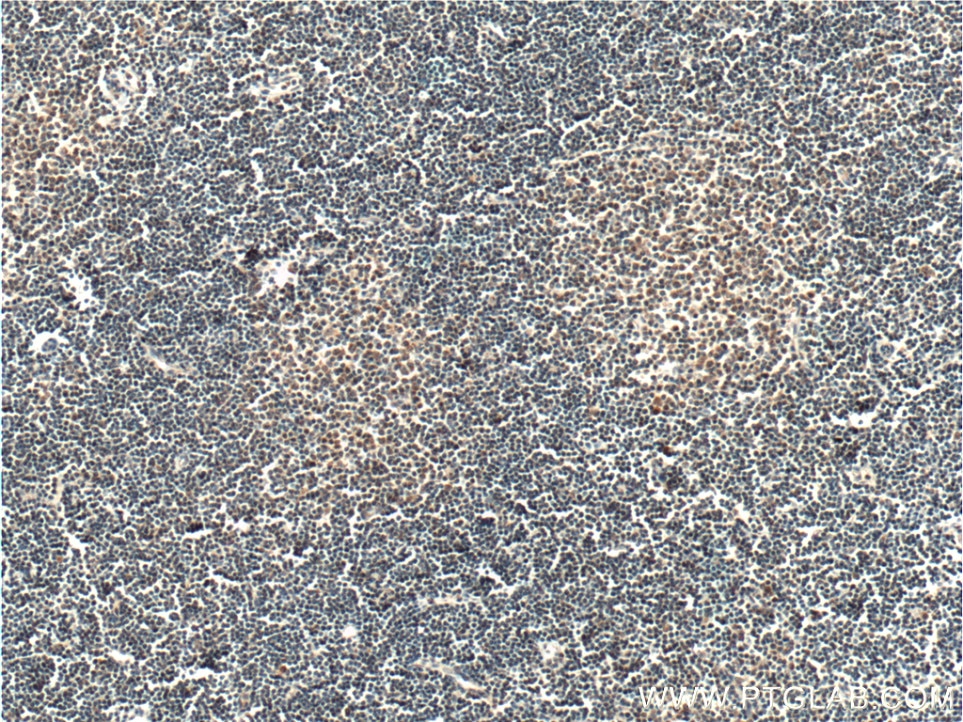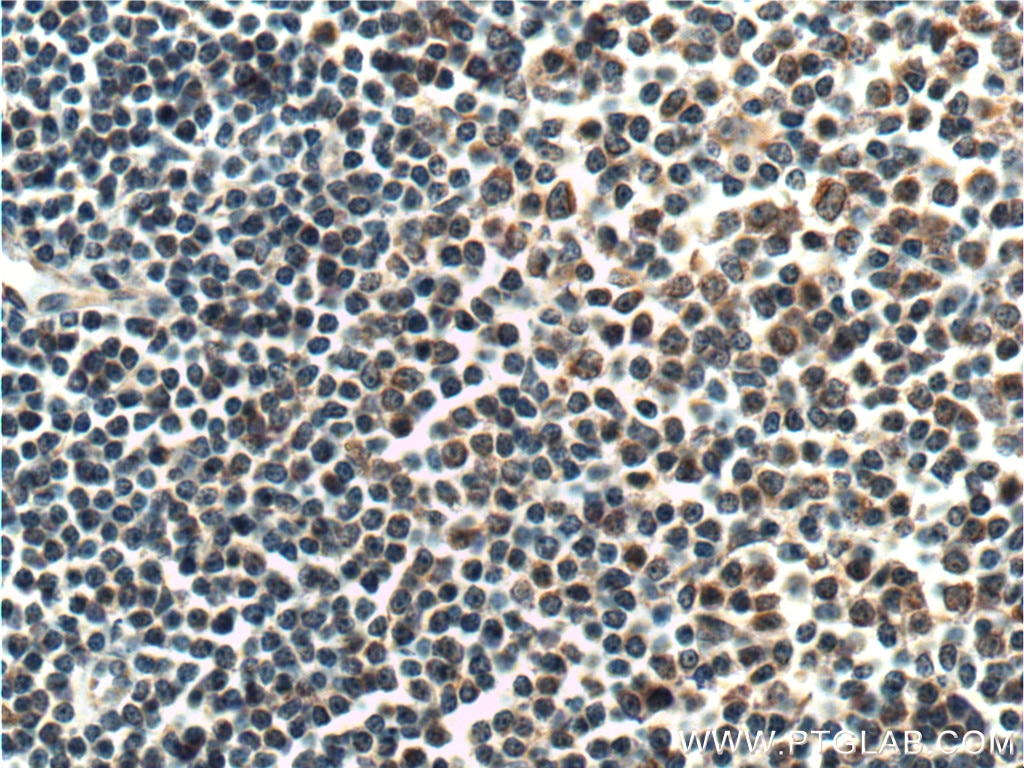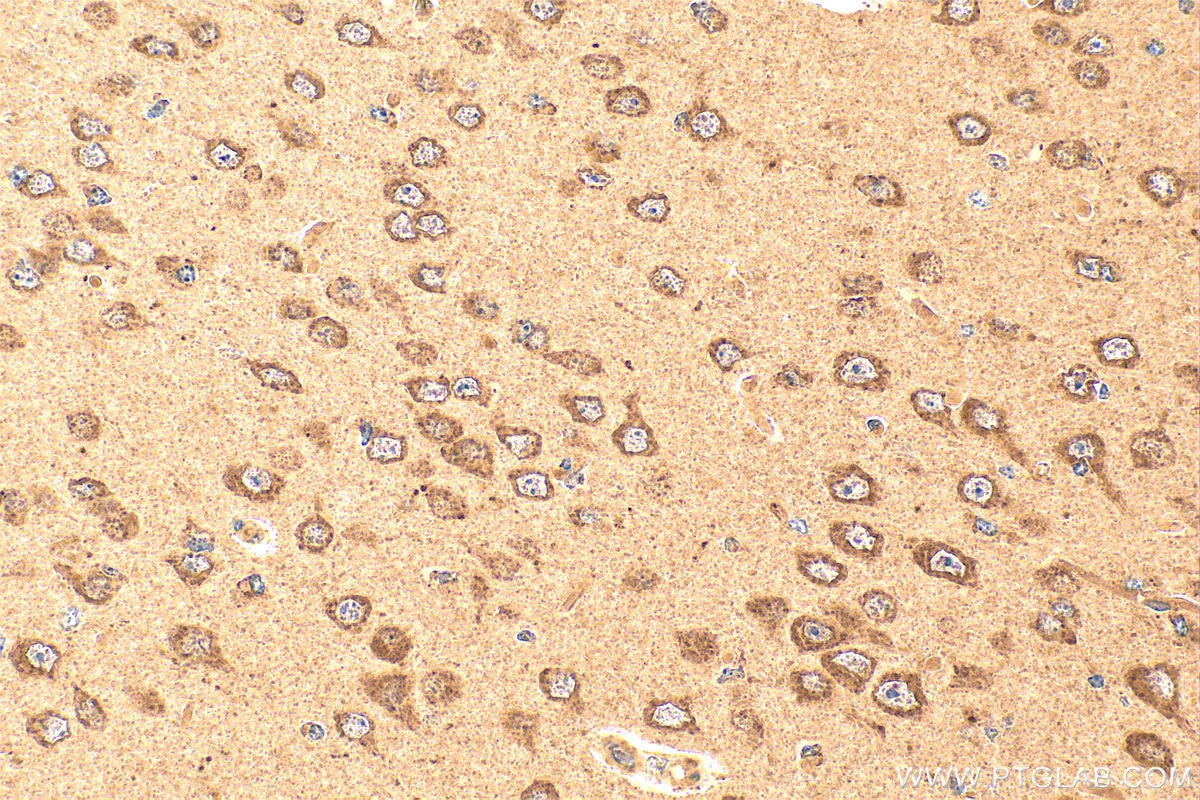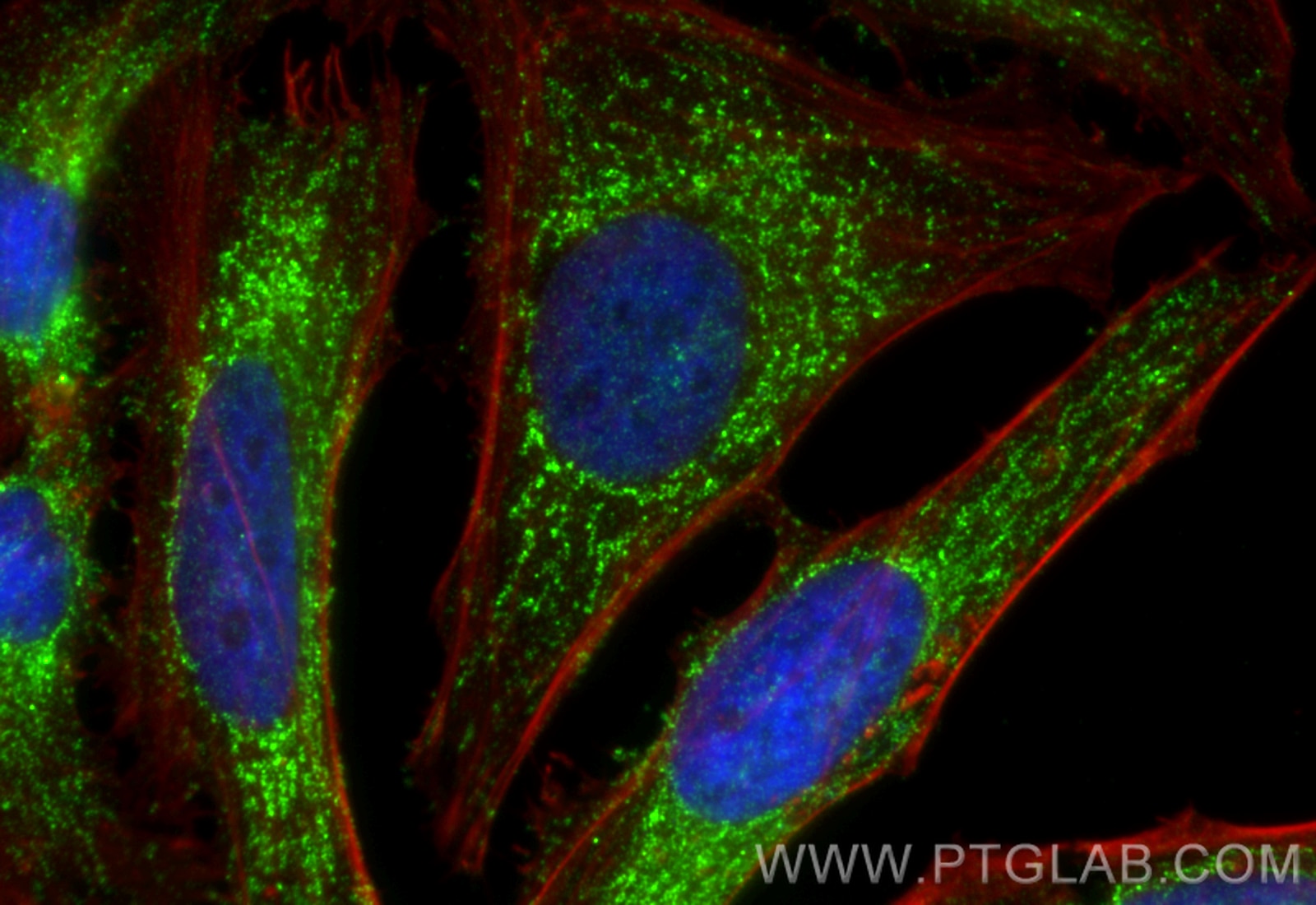Validation Data Gallery
Tested Applications
| Positive WB detected in | HeLa cells, HEK-293 cells |
| Positive IP detected in | mouse brain tissue |
| Positive IHC detected in | human lymphoma tissue, mouse brain tissue Note: suggested antigen retrieval with TE buffer pH 9.0; (*) Alternatively, antigen retrieval may be performed with citrate buffer pH 6.0 |
| Positive IF/ICC detected in | HeLa cells |
Recommended dilution
| Application | Dilution |
|---|---|
| Western Blot (WB) | WB : 1:500-1:2000 |
| Immunoprecipitation (IP) | IP : 0.5-4.0 ug for 1.0-3.0 mg of total protein lysate |
| Immunohistochemistry (IHC) | IHC : 1:50-1:500 |
| Immunofluorescence (IF)/ICC | IF/ICC : 1:50-1:500 |
| It is recommended that this reagent should be titrated in each testing system to obtain optimal results. | |
| Sample-dependent, Check data in validation data gallery. | |
Published Applications
| KD/KO | See 7 publications below |
| WB | See 16 publications below |
| IHC | See 4 publications below |
| IF | See 5 publications below |
| IP | See 3 publications below |
| RIP | See 1 publications below |
Product Information
11266-1-AP targets HAX1 in WB, IHC, IF/ICC, IP, RIP, ELISA applications and shows reactivity with human, mouse samples.
| Tested Reactivity | human, mouse |
| Cited Reactivity | human, mouse, pig, monkey, hamster |
| Host / Isotype | Rabbit / IgG |
| Class | Polyclonal |
| Type | Antibody |
| Immunogen | HAX1 fusion protein Ag1792 相同性解析による交差性が予測される生物種 |
| Full Name | HCLS1 associated protein X-1 |
| Calculated molecular weight | 32 kDa |
| Observed molecular weight | 32 kDa |
| GenBank accession number | BC014314 |
| Gene Symbol | HAX1 |
| Gene ID (NCBI) | 10456 |
| RRID | AB_2263720 |
| Conjugate | Unconjugated |
| Form | Liquid |
| Purification Method | Antigen affinity purification |
| UNIPROT ID | O00165 |
| Storage Buffer | PBS with 0.02% sodium azide and 50% glycerol , pH 7.3 |
| Storage Conditions | Store at -20°C. Stable for one year after shipment. Aliquoting is unnecessary for -20oC storage. |
Background Information
HAX1, also named as HS1BP1, is a 32 kDa protein that is ubiquitously expressed. Hax1 has been demonstrated to be a negative regulator of apoptosis in many immune cell types. Furthermore, Hax1 has been shown to have additional roles in regulating cell motility and adhesion, and is overexpressed in many types of cancer. Kristina and Cavnar demonstrate in their paper validation of two research antibodies including Proteintech's anti-Hax1 (11266-1-AP). They have evidence that the rabbit anti-Hax1 (11266-1-AP, Proteintech Group Inc.) results in a more robust and consistent detection of Hax1.
Protocols
| Product Specific Protocols | |
|---|---|
| WB protocol for HAX1 antibody 11266-1-AP | Download protocol |
| IHC protocol for HAX1 antibody 11266-1-AP | Download protocol |
| IF protocol for HAX1 antibody 11266-1-AP | Download protocol |
| IP protocol for HAX1 antibody 11266-1-AP | Download protocol |
| Standard Protocols | |
|---|---|
| Click here to view our Standard Protocols |
Publications
| Species | Application | Title |
|---|---|---|
Mol Cell The IMiD target CRBN determines HSP90 activity toward transmembrane proteins essential in multiple myeloma. | ||
Nat Commun Cerebellar Kv3.3 potassium channels activate TANK-binding kinase 1 to regulate trafficking of the cell survival protein Hax-1. | ||
FASEB J Suppression of Kv3.3 channels by antisense oligonucleotides reverses biochemical effects and motor impairment in spinocerebellar ataxia type 13 mice. | ||
J Cell Mol Med HAX1 maintains the glioma progression in hypoxia through promoting mitochondrial fission. | ||
Fish Shellfish Immunol Lamprey PHB2 maintains mitochondrial stability by tanslocation to the mitochondria under oxidative stress. |
